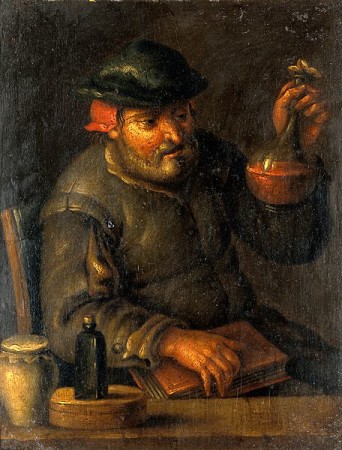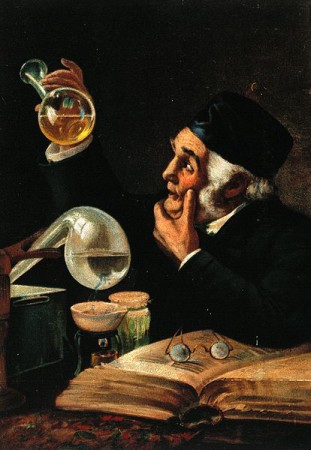Medieval and Renaissance-era physicians were forbidden by the Church to cut into a body, living or dead. That distasteful work was left to the barber surgeons. So in order to diagnose a patient’s problem, physicians couldn’t do much besides checking the patient’s pulse and examining the person’s “output,” i.e., his urine (and, occasionally, poop).
I’ve been doing image research for a book, and it’s extraordinary how many pictures you stumble across of physicians examining urine. Have a look: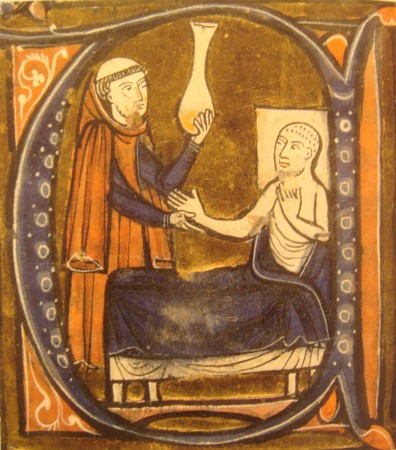
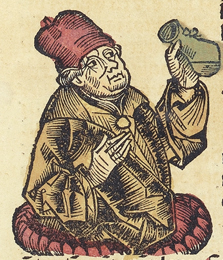
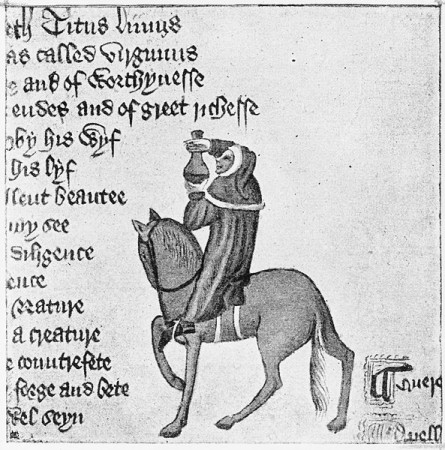
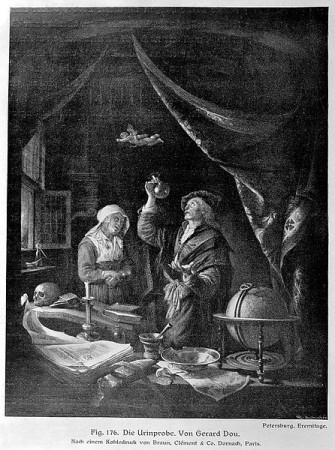

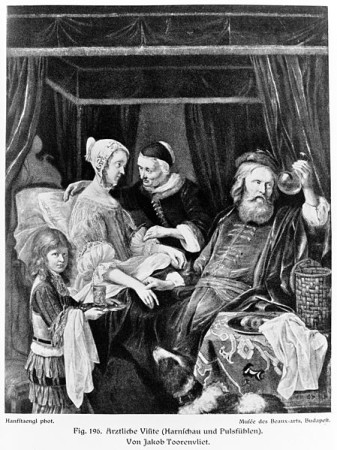
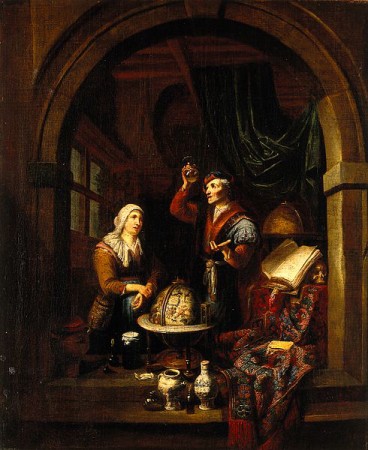
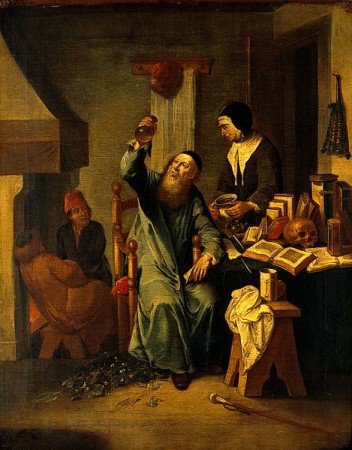 A
A 